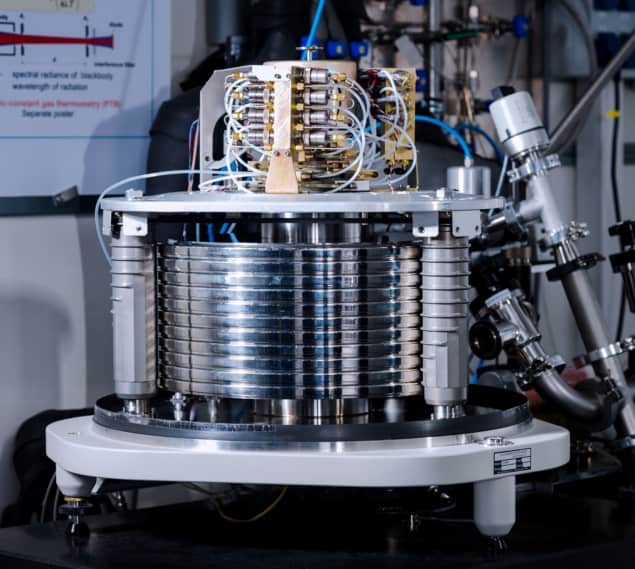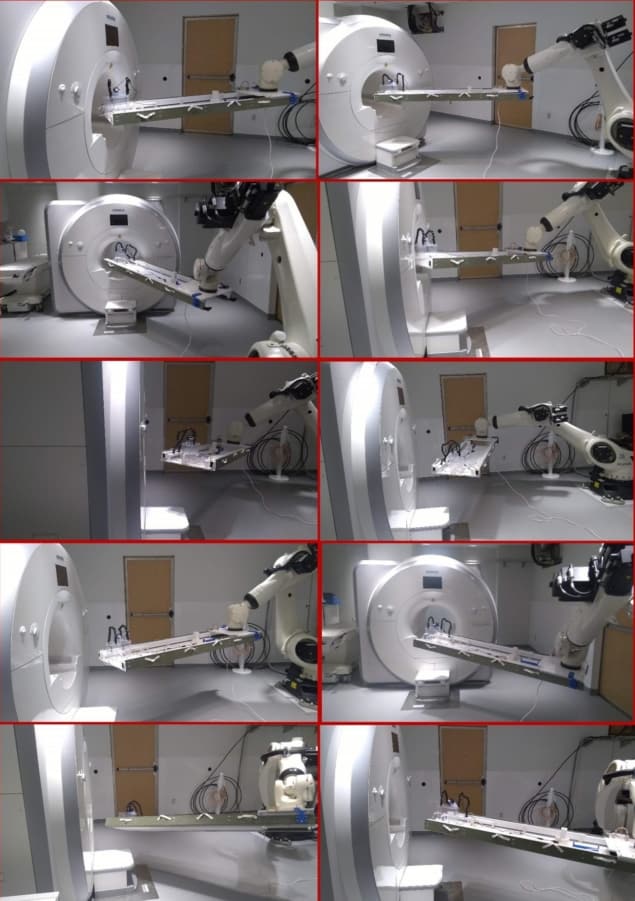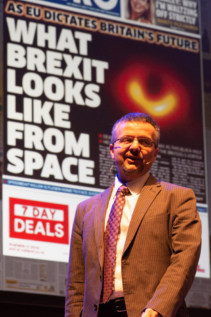Tools can change not only how theorists calculate but also what they calculate about.
As the International Year of the Periodic Table draws to a close, I’m reminded of this lesson through the work of the Swedish scientist Jacob Berzelius, one of the fathers of modern chemistry. Back in the early 19th century, he developed a new tool for writing chemical formula. It involved giving elements simple labels such as Si for silicon – one of four elements Berzelius discovered – along with numbers denoting their proportions. Vinegar, for example, is C2H3O2, though Berzelius used superscripts rather than subscripts. The system is still used today, and we assume that it represents chemicals “as they really are”.
But two decades ago, Ursula Klein, a scholar from the Max Planck Institute for the History of Science in Berlin, pointed out that the tool changed chemistry. It not only organized complex information in the “jungle of organic chemistry” but also transformed the way chemists looked at chemicals. To explain how all this happened, Klein introduced the notion of a “paper tool” – it showed how Berzelius’ notation system transformed ideas about what chemicals were and how to study them, thereby providing chemists with new perspectives, concepts and goals.
The notion of a “paper tool” showed how Berzelius’ notation system transformed ideas about what chemicals were and how to study them, thereby providing chemists with new perspectives, concepts and goals
Klein’s notion of a paper tool has since been applied elsewhere. Michael Gordin, a historian of science at Princeton University in the US, applied the concept to the early history of periodic tables in his 2004 book A Well-Ordered Thing (Basic Books). Meanwhile, David Kaiser – a physicist and historian of science at the Massachusetts Institute of Technology – has used paper tools to explore the impact of Feynman diagrams. As he writes in his 2005 book Drawing Theories Apart: the Dispersion of Feynman Diagrams in Postwar Physics, these illustrations – pioneered by Richard Feynman in the late 1940s and early 1950s – “helped to transform the way physicists saw the world and their place within it”.
Doodling physics
Feynman diagrams, you’ll recall, are line drawings that represent mathematical expressions of the behaviour of subatomic particles. Feynman developed them to keep track of calculations of self-energy, or how charged particles interact with their own fields. These calculations are done by perturbation expansions, which work by viewing each self-energy interaction as a small change, or perturbation, of some known state. A perturbation calculation then adds up a series of such small changes.
Unfortunately, keeping track of any corrections beyond the simplest case, let alone adding them all up, makes such calculations forbidding. In work for which he would share the 1965 Nobel Prize for Physics with Shin’ichiro Tomonaga and Julian Schwinger, Feynman said he used the diagrams as a “book-keeping device for wading through complicated calculations”. That was disingenuous; the diagrams did far more than that. Kaiser’s account of this imaging tool reveals at least four different ways in which Feynman diagrams acted as more than a simple tool but transformed particle physics itself.
First, the diagrams required apprenticeship. Feynman diagrams have a deceptive visual simplicity, but even at first physicists did not find them natural or intuitive. They could not spread, Kaiser writes, through the equivalent of “correspondence courses”, in which training happens by sending and receiving information from a distance rather than face-to-face encounters. Instead, Feynman had to tutor colleagues, notably Freeman Dyson, who helped spread the new techniques to a group at the Institute for Advanced Study in Princeton. Members of that cohort, in turn, spread them further. The diagrams required something like “craft skill or artisanal knowledge”, Kaiser writes, and the mentored and often laborious acquisition of techniques of the sort associated with new traditions of painting, fashion or art.
The second transformative impact of Feynman diagrams was that they framed the projects that theorists undertook in a new way. Here again, there are affinities to painting and the way that artists created new approaches to traditions like realism. Growing confidence in the calculations enabled by Feynman diagrams thus reinforced confidence in the diagrams themselves as a tool, thereby in the diagrams’ applications, and so on.
Third, Feynman diagrams are what philosophers of technology call “multistable”, rapidly mutating in their application and structure. In traditional history of science, Kaiser points out, theoretical tools are thought to spread like “batons in a relay race – stable objects that retained their meaning and form as they were passed from one user to another in a growing network”. Feynman diagrams, instead, transformed into tools that could be used not only in high-energy physics, but also in nuclear physics, solid-state physics, gravitational physics and an ever-widening circle of applications. “Improvization and bricolage,” Kaiser writes, “can lead to applications that had never been envisioned by the tool’s inventors.”
Fourth, Feynman diagrams transformed what physicists conceived as real. In an old story familiar to philosophers of science and technology, tools such as Feynman diagrams not only shaped the practices of those inside the workshop but also came to be taken for granted and seemingly transparent avenues to what appears to be the “real”. Kaiser, again, compares this to traditions in art history that each appear (deceptively) to represent nature to the “innocent eye”.
The critical point
A still more radical lesson of Kaiser’s book concerns not what it says about how Feynman diagrams are used, but what the use of the diagrams says about the nature of theory itself. Theory, Kaiser suggests, is ultimately less important to theorists than the tools that mediate their calculations. Moreover, tools fashioned within one theoretical framework can take on lives of their own, and find new uses even when the original theory, for which they had been drafted, falls out of favour. Theoretical tools, like experimental ones, can outlive the theories they were meant to elucidate.



